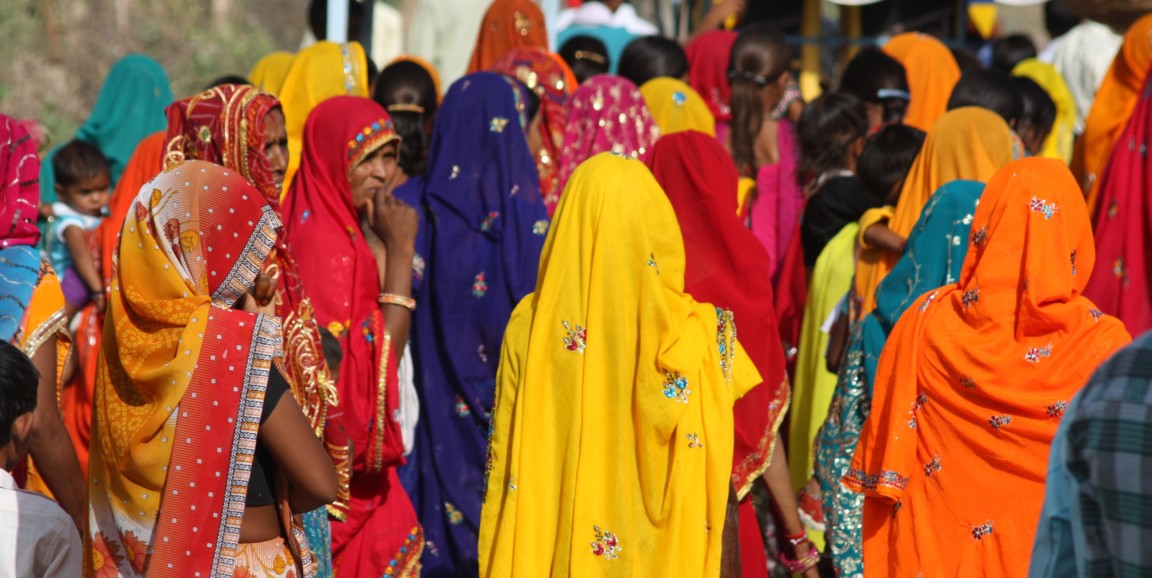India suffers more than twice the number of deaths per year as a result of burns than any other country globally. Women suffer disproportionality from self-inflicted burns and are more likely to die from their injuries.
Jennifer Newberry, MD, JD, a Stanford emergency medicine physician and researcher, and collaborators are working to understand and help those affected by burns in India. Their study, published in BMJ, provides insight into the need for greater mental health and gender-based violence support services for women in India.
Newberry told me she has long been interested in the use of emergency medical services to address gender disparities. "Emergency medicine treats everyone and anyone, and so it can often provide a window into larger societal problems," she explained.
In 2015, she began working with partners in India to identify ways to improve Indian pre-hospital care. They followed individuals calling 108 (a 911 equivalent) for a burn injury; the median patient age was 31 years and 66 percent were women.
First the good news: Newberry's study found most calls were received within 30 minutes of burn injury, and the average time of transport from home to hospital for patients with severe burns was less than an hour. In addition, patients received critical treatments such as oxygen and fluids en route. Previous studies had placed time of transport in the three-hour range, in part because India's ambulance service is still under development.
For most trauma, early intervention can make a big difference. And yet, for one group of women, the mortality rate was 90 percent, compared to an overall mortality of 65 percent. Why? "These burns were reported to be non-accidental and they were so extensive, so severe, often evolving kerosene, that there was nothing medical care could do," Newberry explained.
Self-immolation in India can have many motivations: political dissent, devotion, escape from family problems. In most countries today, men are more likely to self-immolate, but not in India.
Also, some burns may have been intentionally inflicted by other people. Thousands of women in India are killed by a practice known as "bride-burning." One explanation is that these brides are doused with a flammable liquid and set on fire if a husband's family decides the wedding dowry is insufficient. Women are also injured for other reasons; according to a study cited by Newberry, the lifetime prevalence of gender-based violence in India is at least 37 percent and fewer than 1 percent of women will ever reach out for help beyond their family and friends.
Of great importance, in this non-accidental group, women suffered burns on over 70 percent of their body versus 36 percent for men. (By comparison, in the United States, the vast majority of burns involve less than 10 percent total body surface, Newberry said.) The severity and scope of the burns contributed to the higher mortality rate for women.
In short, more women die in India from burns than anywhere else in the world.
Newberry said her work has significance for efforts to increase and improve pre-hospital care systems in India. Stanford has long been a partner in the creation and expansion of the pre-hospital care system, and Stanford Emergency Medicine International (SEMI) has a decade-long record of pre-hospital care training and epidemiological assessment in India. However, efforts to reduce mortality are potentially compromised by the severity and scope of non-accidental burns, particularly in the female population.
"To combat the burn epidemic, India must grow emergency service infrastructure to stabilize critically-burned patients en route," Newberry noted. "But they must also address the essential role that preventative mental health and gender-based violence supportive services play in burn prevention."
Photo by Suffix




